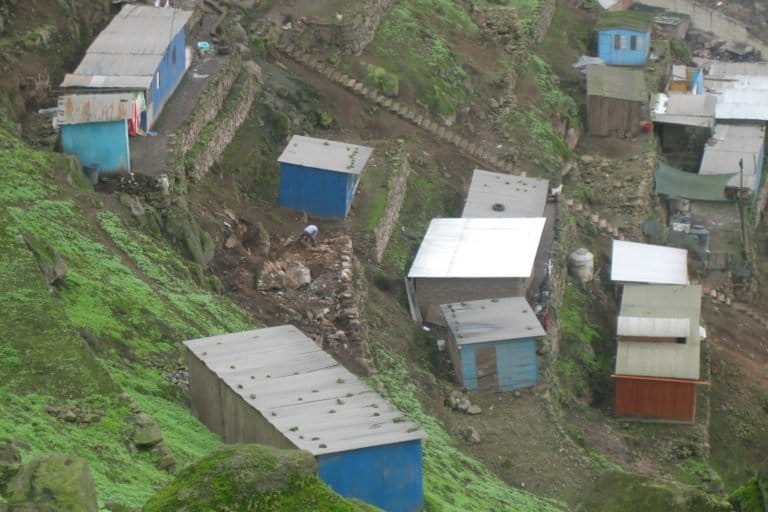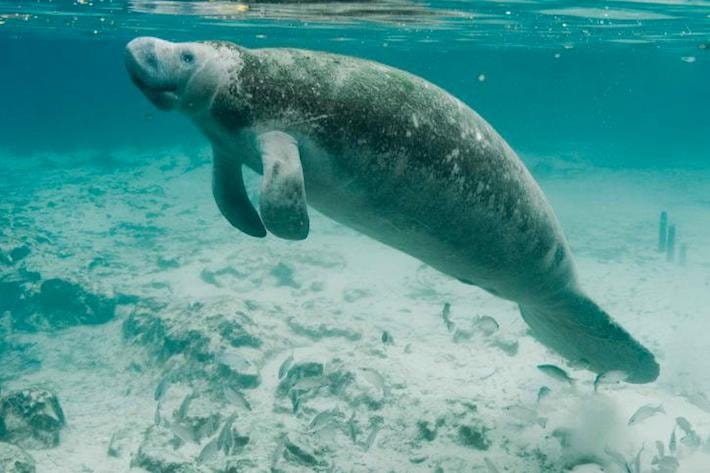The most popular stories from our Spanish-language service, Mongabay-Latam, this past week investigated how land trafficking is destroying Lima’s fragile hill ecosystems; government inaction and oil spills in Venezuela; open borders for wildlife trafficking in Belize and Guatemala; massive floods in Colombia; and community reforestation in Bolivia.
Land trafficking erodes Lima’s fragile hill ecosystems
Land invasions are trampling Lima’s 19 coastal hills. The national forest and wildlife service lists them as fragile ecosystems, but has not responded to environmental groups calling to protect them. On paper, the government is part of the Eba Lomas Project to create a Lima Hill System conservation area. On the ground, it is building infrastructure projects and roads that lead to more land invasions. In the space between, land traffickers are selling lots for as little as 3,000 soles ($910).

Venezuelan government has not revealed the impact of two oil spills
Like a recurring nightmare from Venezuela’s worst oil spill of 2012, in July two more spills were reported in the same locations in the Gulf of Paria and the Guarapiche river. And just like before, the government is not revealing full information about their impact on the environment or nearby communities. What is known is that the disaster zone directly affects the water and coasts of Venezuela since it is located at the delta of the Orinoco river. The government blamed rainfall for the overflow of 1,000 barrels from two tanks at a secondary recovery plant. Experts believe operational failures and a lack of equipment in the state’s oil industry caused the accidents.

Belize-Guatemala border dispute gives wildlife trafficking free rein
Entire communities are dedicated to wildlife trafficking along the disputed border between Belize and Guatemala. Criminal activity is concentrated in these areas which represent 85% of the total deforestation in Belize, and 74% of Guatemala’s. Confusion over the borders has made the frontier region an ‘area without control,’ according to Guatemala’s environmental prosecutor.

Chile’s ocean: over-exploited and polluted
Chile is among the world’s top ten fishing countries. Its long stripe of land is only 30% of its national territory – the rest is ocean. Yet according to the most recent annual report from the fisheries department, 62% of its fishing areas are over-exploited, undersupplied or completely collapsed. Meanwhile pollution from the mining, energy and aquaculture industries, as well as plastic, are wreaking havoc on the ocean’s biodiversity.

With community help, Queñua forests fight extinction in Bolivia
Only five percent of the Polylepis forests that once covered the tropical Andes from Venezuela to Argentina exist today. Community reforestation programs in Madidi and Cotapata national parks in Bolivia have planted more than 25,000 trees with plans for sustainable development projects. For local Quechua communities, Polylepis forests are integral to their water sources. For a high diversity of birds, including the critically endangered royal cinclodes (Cinclodes aricomae) and the ash-breasted tit-tyrant (Anairetes alpinus), they are vital habitats.

Colombian rivers surge after record rains
Help has arrived for only half of the communities flooded by rivers in the Orinoco and eastern Amazonia regions of Colombia. In Mocoa township, rain fell for more than seven hours straight. The flooding comes less than year after a 2017 mud slide in Mocoa killed 335 people, injured another 400, and left thousands without homes.

Read all these stories in full at Mongabay-Latam in Spanish, here.
Banner image: Amancae flowers (Ismene Amancaes) have been re-introduced to Lima’s hills, after their disappearance years ago. Image courtesy of the Environmental Protectors of the Flowers and Hills of Amancaes (PAFLA.)
